If you're new here, you may want to subscribe to my RSS feed. Thanks for visiting!
This summer, I made a new friend: double reflective foil insulation. If you haven’t heard of it or used it before, double reflective foil insulation is a durable and lightweight foldable insulation product. According to the website of a popular brand, it is made of “two 96% reflective layers of film bonded to two internal layers of heavy gauge polyethylene bubbles (total thickness 5/16”).” So, it’s essentially a lightweight yet durable bubble wrap with the unique ability to reflect virtually all heat and light back to its source.
I hope that you will enjoy this journey into how I have found many applications and benefits of foil insulation (I’ll call it this from now on for sake of brevity) that help me feel more prepared. Whether I’m battling the crushing heat waves of this past summer or contemplating being on the run in SHTF, foil insulation has shown me it has something for every situation. Let’s start at the beginning of the story: IN THE HEAT of the moment!
Off-Grid AC
With the craaaaazy hot temperatures we’ve been having here in the north this summer, I thought I was going to melt from the heat when the temperature in my cabin was approaching 90 degrees! As it is designed for solar gain in our cold winters with large south-facing windows, this has been my cabin’s weakness. However, this weakness didn’t truly show until these record-breaking heat waves.
So, I realized that I had to stop the solar gain through the windows. Sure, I could have spent thousands on custom shutters. Ha ha! Maybe next year! Y’all know me well enough to know that I’m on a budget. I thought back to a small roll of material that had been a gift from a beekeeper friend of mine. I had a roll of foil insulation in the attic somewhere. Maybe I could make something from that?
Although that piece was too small for my large windows, it got the idea percolating. I went to our local hardware store and bought a large roll. I would do a trial….surely it could help. By combining the piece I already had, I made a giant solar shield that would cover the two south-facing windows that are the main culprits of my hot, hot solar gain.
How to attach, however, became the pressing question! I decided that I could hold the solar shield to the steel siding with magnets. Hmmmm. Spoiler alert…that didn’t work, especially in the wind. In the end, I cut the large shield into two smaller ones that fit over each window. By putting one or two spring-loaded bars into my deep window openings….voila! I had the windows covered from the inside.
The results were nothing less than astonishing! I went and bought a second large roll to cover the west-facing sliding glass door. If I kept the shield on during the heat of the day, the house was so cool that I could almost do without AC on even the hottest days, limiting my use of the unit to a few strategic hours.
I was sold! I looked into other applications on the product website and soon saw that foil insulation can be a prepper’s best friend.
Survival on the Run
I have now integrated foil insulation into my BOB. How better to keep warm than with some foil insulation that can be used as a sleeping pad and/or wrapped around me as a sleeping bag in a pinch.
If sleeping in a small tent on the run, a pad of foil insulation can be used under the tent as a comfort pad and moisture barrier. It would also provide protection from the cold of the ground through the night. When it’s safe to do so, you could use the foil insulation as a light reflector in the evening to write in your post-apocalyptic diary. Just don’t set the candle too close to the foil insulation!
Now, I know some of you are already thinking: “Ya, like I really want to be walking around with a giant reflective roll, aka target, on my back, screaming ‘Here I am!’” Yes, you are quite right. If you’re moving at night, or during the day, roll the foil insulation inside your camo tarp and attach it to the back of your pack. Done! And sure, I’ve got a MIL-SPEC mylar safety blanket in my BOB, too. However, in terms of sturdiness, I like my foil insulation for the ideas mentioned above.
Other Home Applications
Now, back to reality and today’s day-to-day life. I have a few extra pieces of foil insulation around now, and I have thought of lots of extra uses for them. We’re having a party next week, and the sun may still be hot. I will bring a sheet of foil insulation to attach to our shade tent to protect our delicious desserts from melting in the sun.
If you want to bring that casserole to your Aunt’s potluck, but have a long drive ahead of you, just wrap the casserole dish in a towel and then fold a piece of foil insulation around it. If you enjoy camping and want to extend the effectiveness of your coolers, consider making a cooler cover out of foil insulation. Make those ice blocks earn their keep!
When starting seedlings, some varieties require a warmer temperature. You can use sheets of foil insulation and simple shelving to create a closed-in shelter that increases the temperature and light available to the seedlings.
In the heat of the summer, do you really want to be cooking indoors? Why not use a solar cooker instead? According to Eco-Home Genius, foil insulation is one of the best forms of insulation for that DIY solar cooker you’ve always wanted to make.
On the Farm
Yes, there are plenty of agricultural applications of this wonderful stuff, too! It gets c-c-c-c-old in these parts. When I used to work off the homestead milking cows, equipment freezing in the parlour was often a concern in the dead of winter. Wrapping foil insulation around the stations closest to the source of the cold air prevented most freezing and saved us time in the wee hours of the morning.
Remember that friend of mine who was a beekeeper? She gave me a bag of her extra foil insulation cuttings one year. We used it on the farm in the milking parlour. She had some because she makes beehive wraps out of it and sells them. It helps keep the heat in the hive in the winter, where you want it.
According to product information, foil insulation is also great for insulating chicken coops. Now, let us know if you’ve ever tried that! I would worry that the chickens might peck the heck out of it. The product label does mention that sometimes you need to cover it to protect it from animals, such as when using it for pet houses.
Reflective Foil: A Hot Topic!
Until I experienced it myself, I couldn’t believe how powerful a reflector and insulator this stuff is. Do you have any double reflective foil insulation around your home or in your own BOB or do you prefer Mylar foil? Do you have another possible preparedness or home application you can share with us for foil insulation? Please tell us in the comments section.
About Rowan
Rowan O’Malley is a fourth-generation Irish American who loves all things green: plants (especially shamrocks), trees, herbs, and weeds! She challenges herself daily to live her best life and to be as fit, healthy, and prepared as possible.

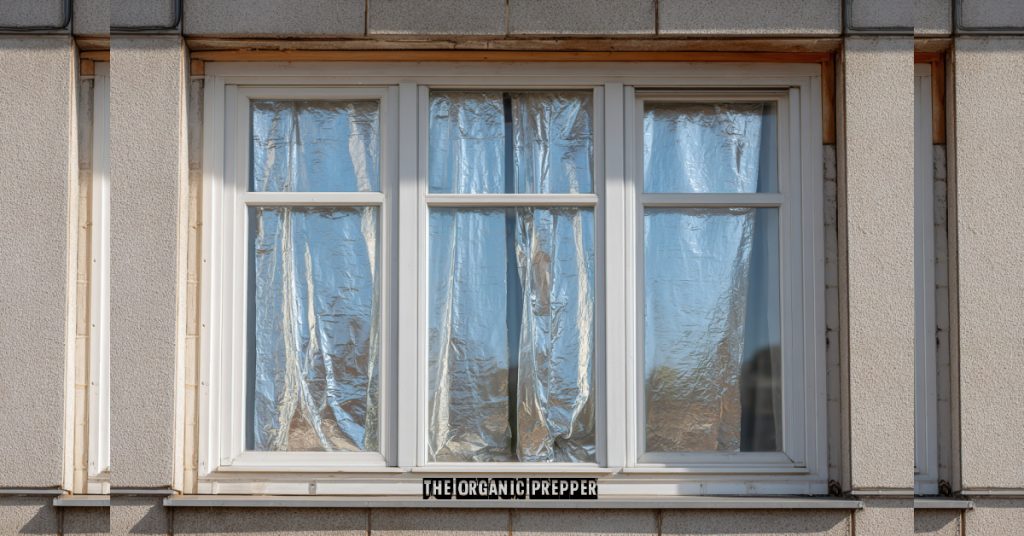




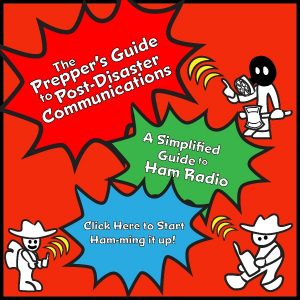
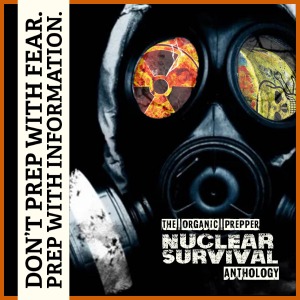


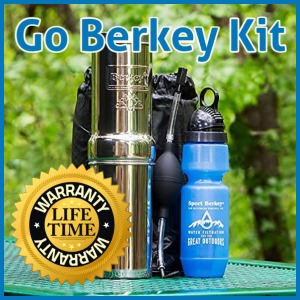
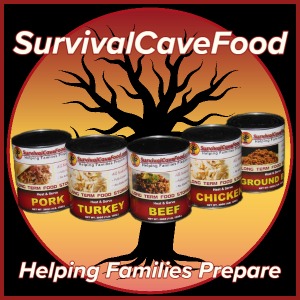

3 Responses
I have added this to coolers, and even into the toes of a slightly oversized pair of boots. Great stuff that I will have to revisit soon!
I love technical articles. It is until recently that people in tropical countries has started to understand how important isolating materials are when building. I’ve been in steel sheet roofed hutches at noon and they’re a torture.
We built a homestead cottage i Zone 3. We also designed our cottage for solar gain. A significant number of our windows, including one that is large and just below the roof peak. We get many subzero nights, sometimes down in the double digits below zero and we absolutely noticed the heat loss from those windows! We also bought a big roll of double-faced mylar faced insulation. The first use was for our chicken coop, which has foam board on the underside of the roof. We also decided to layer the north and south sides with the foil insulation, and covered that layer with cardboard to keep the girls from pecking the foil. Every couple of years they start looking too beat up, and we set aside cardboard of the right size to cover the doors and walls up to about 4 feet high. We made frames covered with the insulation to fit into the insides of our south-facing windows. Over the course of our first winter in the cottage, we also decided to cover the open shelf used for storing potatoes and eggs with a length of foil insulation to stabilize the cooler air along that north wall. We use big metal clips to attach it to cover the open face and partway along the sides of the shelf. We have been doing this for 11 years, and the foil has held up quite well despite repeated clipping and unclipping. Our wood stove is about 6 feet south of the north wall and the food storage shelf.. Even in the coldest nights when the stove is burning hard late into the night, the shelf to the north of it keeps a steady 65F. We have a well, but no plumbing and on winter bath nights we set up our “bathtub” ( a big, rubber feed tub) in front of the wood stove. We keep a length of the foil insulation to wrap 2/3 around the the tub for a no draft, cozy bath by the fire.